Dairy & deforestation
The use of palm kernel by the New Zealand dairy industry is linked to deforestation overseas.
We’re taking action to protect the rainforests. Will you join us?
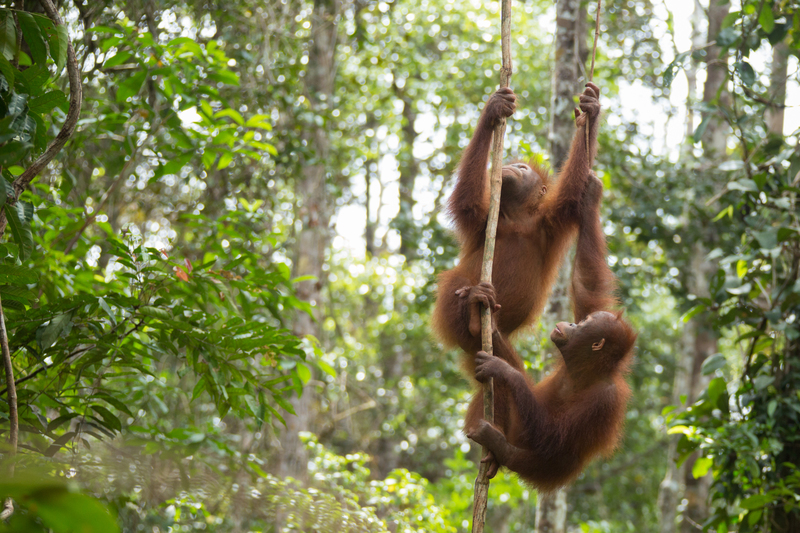
The New Zealand dairy industry, led by Fonterra, is New Zealand’s worst environmental polluter. They are contributing to deforestation of Southeast Asian paradise rainforests, polluting the climate, and contaminating drinking water. We’re taking action to stop that, so that we can protect the homes of precious species like orangutans, Bornean elephants, and Sumatran tigers, and ensure a thriving planet for future generations.
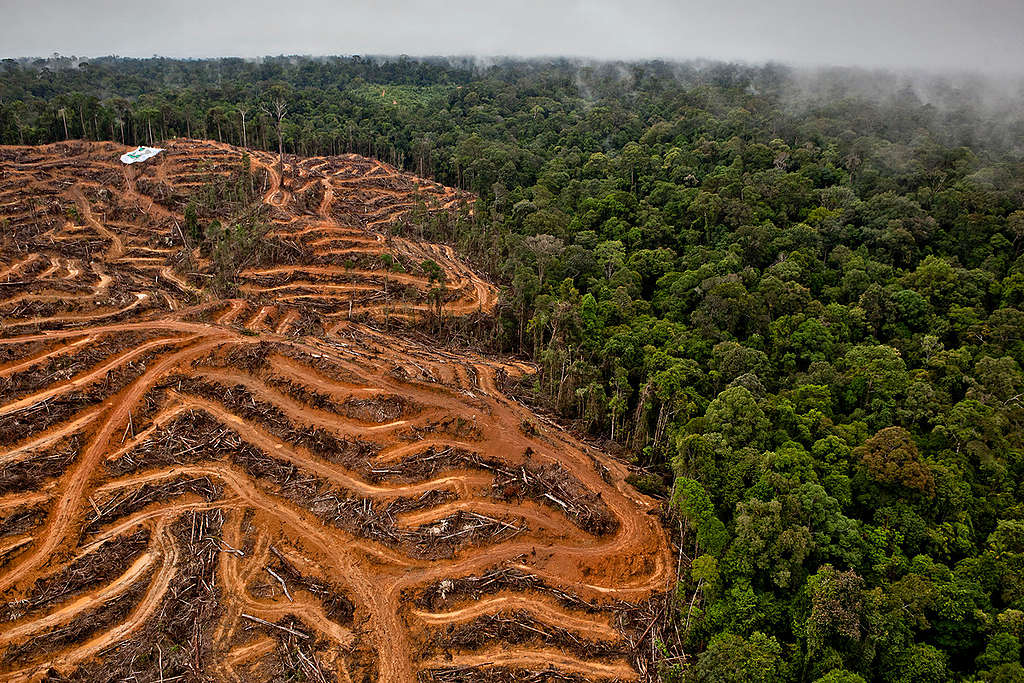
Dairy and deforestation – what’s the story?
New Zealand’s dairy industry is the world’s largest importer of palm kernel expeller – a dry gravelly feed made from the ground up kernels of the palm fruit. It’s used as a supplementary cow feed by the dairy industry, because there are so many cows that there isn’t enough grass in New Zealand to feed them.
This imported feed comes from oil palm plantations in Southeast Asia. They’re notorious for human rights violations, illegal operating practices, and deforestation in the habitat of endangered wildlife such as the Sumatran orangutan and tiger.
Greenpeace has uncovered evidence that links the New Zealand dairy industry to palm kernel sourced from plantations in Indonesia that are illegally operating in areas that were once thriving rainforest. Some are even operating within the protected wildlife reserve featured in David Attenborough’s documentary Secret Lives of Orangutans.
Join the campaign
It is only through collective action that we can achieve a ban on palm kernel. Use your voice, join us today.
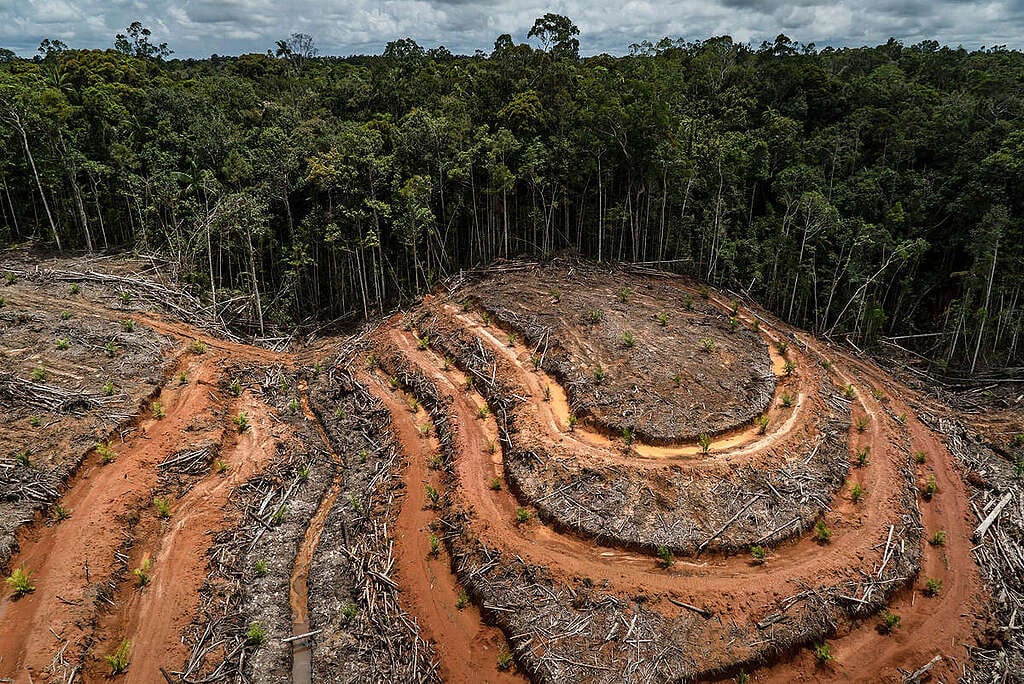
Call on Fonterra to end the use of rainforest-destroying palm kernel on its farms.
Sign the petitionWhat about dairy and climate change?
More than half of New Zealand’s climate emissions come from the agriculture sector, with the majority of that being superheating methane emissions from the dairy industry.
For the past four years, Fonterra has been the country’s single worst climate polluter, even worse than fossil fuel companies like Z Energy. Meanwhile, New Zealanders are witnessing more frequent and more severe extreme weather events – from droughts, to floods, to wildfires and cyclones.
We all want to pass on a thriving planet to our children – a world where they are safe from the worst of the climate crisis. And in order to do that, we have to cut climate pollution from intensive dairy now.
Methane is an incredibly powerful greenhouse gas – cooking the climate much faster than other gases like carbon dioxide. But it’s also short-lived, meaning that if we cut dairy pollution rapidly – and keep emissions down – we can prevent the worst of the climate crisis.
Reducing the number of cows reduces methane emissions. The land cannot sustain this many methane-belching cows in Aotearoa, which is why the use of palm kernel has grown. That’s yet another reason why we need to end the use of palm kernel on all Fonterra farms across Aotearoa.
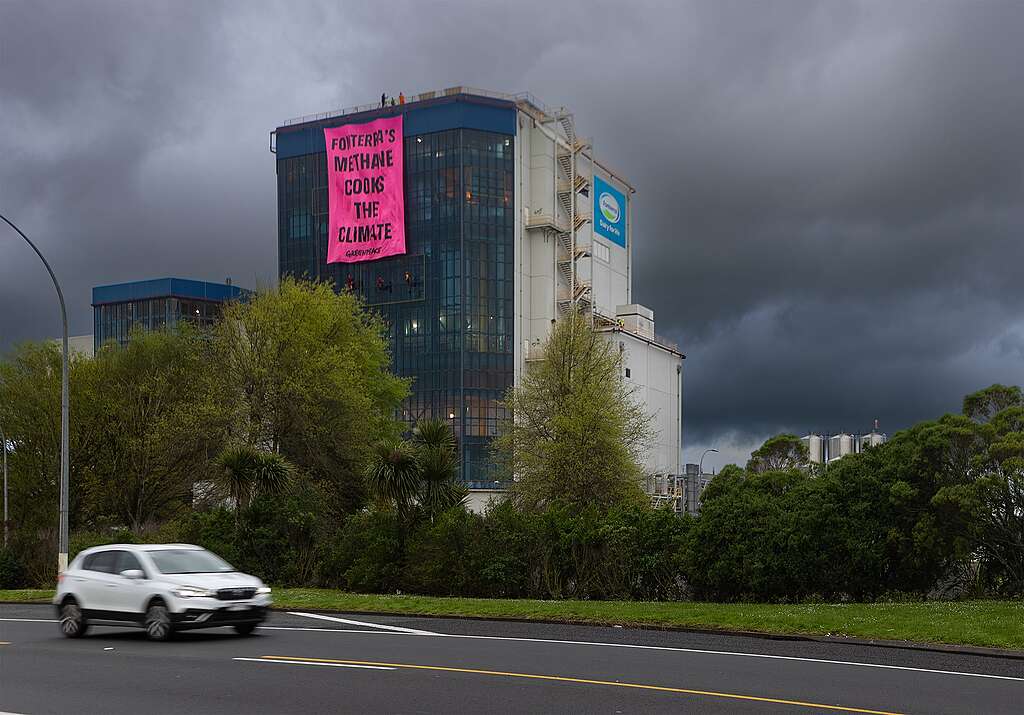
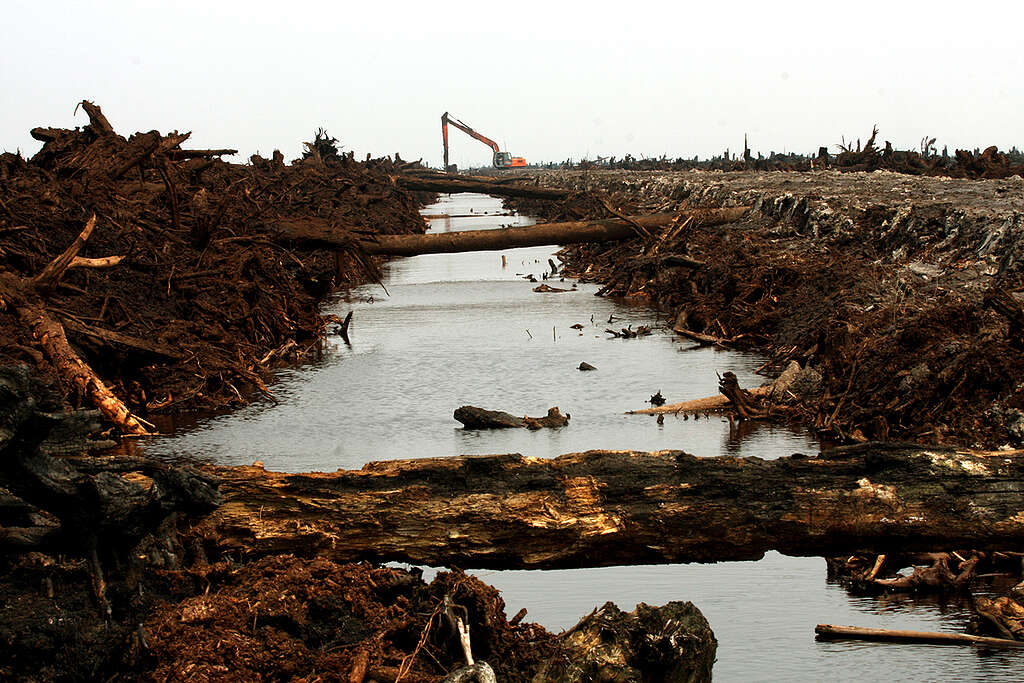
What are the issues with palm kernel?
Palm kernel is problematic for many reasons, yet the New Zealand dairy industry continues its use on farms across the country. A snapshot of these issues is below.
- Palm kernel comes from the palm industry. Like palm oil, palm kernel production is notorious for deforestation, human rights violations, and illegal operating practices. This industry is killing orangutans and Bornean elephants, pushing species towards extinction.
- Palm kernel is not good for cows. Dairy NZ’s website states that while cows do not like the taste of palm kernel, they’ll ‘get a taste for it’ if they’re hungry enough. Farmers have found metal shards in their palm kernel, which if not found can perforate a cow’s internal organs.
- Palm kernel leads to more cows and more emissions. The use of palm kernel lets New Zealand’s dairy industry farm more cows than the land can naturally support. This has led to an excessive number of cows, increasing methane emissions and polluted lakes, rivers and drinking water.
What’s Greenpeace doing about palm kernel?
Greenpeace has campaigned to end palm kernel use in Aotearoa since the early 2000s over the links to deforestation and its role in allowing intensive dairy to continue being the country’s worst climate polluter.
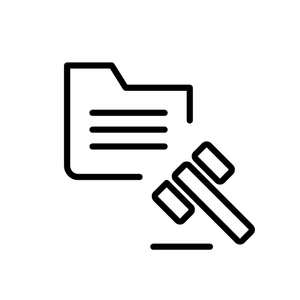
Suing Fonterra
We are suing Fonterra under the Fair Trading Act for misleading customers with false claims on their Anchor Butter packaging, which we announced in September 2024.
Fonterra’s Anchor Butter packaging claimed to be ‘100% New Zealand grass fed’ – despite Fonterra’s own grass-fed standards allowing for up to 20% of a dairy cow’s diet on a dry-matter basis to be made up of rainforest-destroying palm kernel.
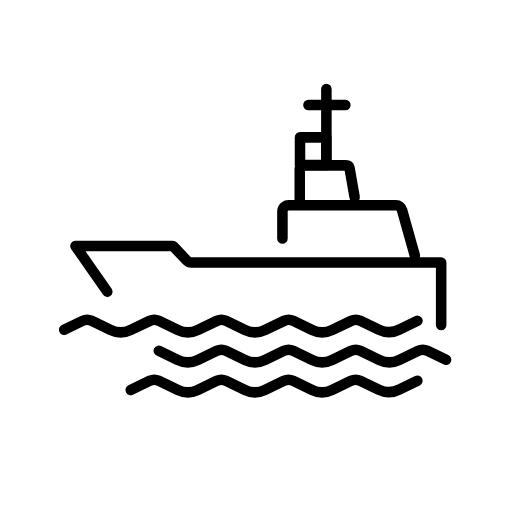
Stopping shipments
In April 2025, we took action to stop a 30,000 ton shipment of palm kernel from offloading by shutting down the Taranaki storage facility of Fonterra’s primary palm kernel supplier.
Protests like this have happened throughout the campaign, like in 2011, where activists took action on a shipment of palm kernel bound for Fonterra farms and in 2009 where activists locked themselves to a palm kernel ship to prevent unloading.
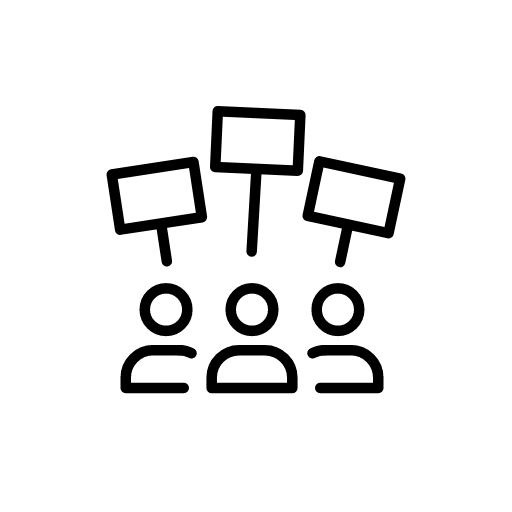
Calling for change
Thousands of people have already signed our petition calling on Fonterra to end the use of palm kernel on their farms across the country.
We’ll continue to take action to stop the use of this destructive feed in Aotearoa – so expect to see more from us soon.
How you can get involved
-
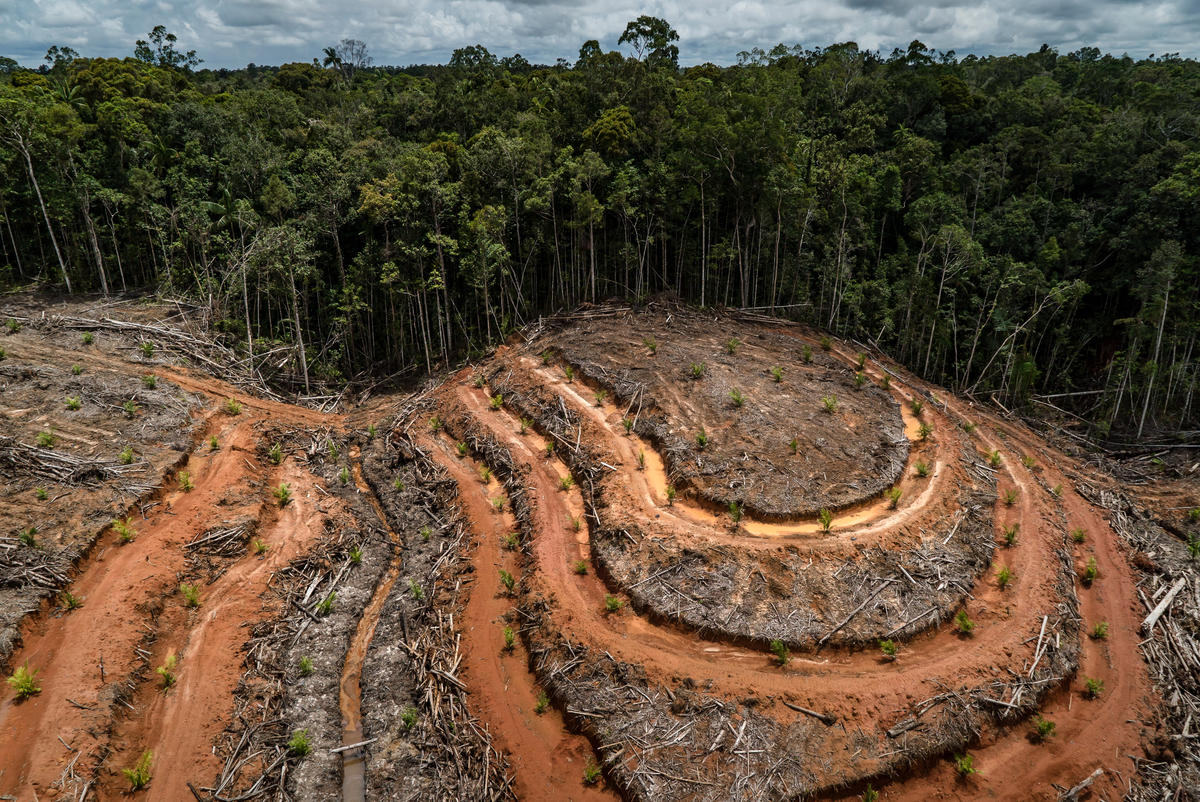
PETITION: Stop Fonterra using Palm Kernel
Call on Fonterra to end the use of rainforest-destroying palm kernel on its farms.
-
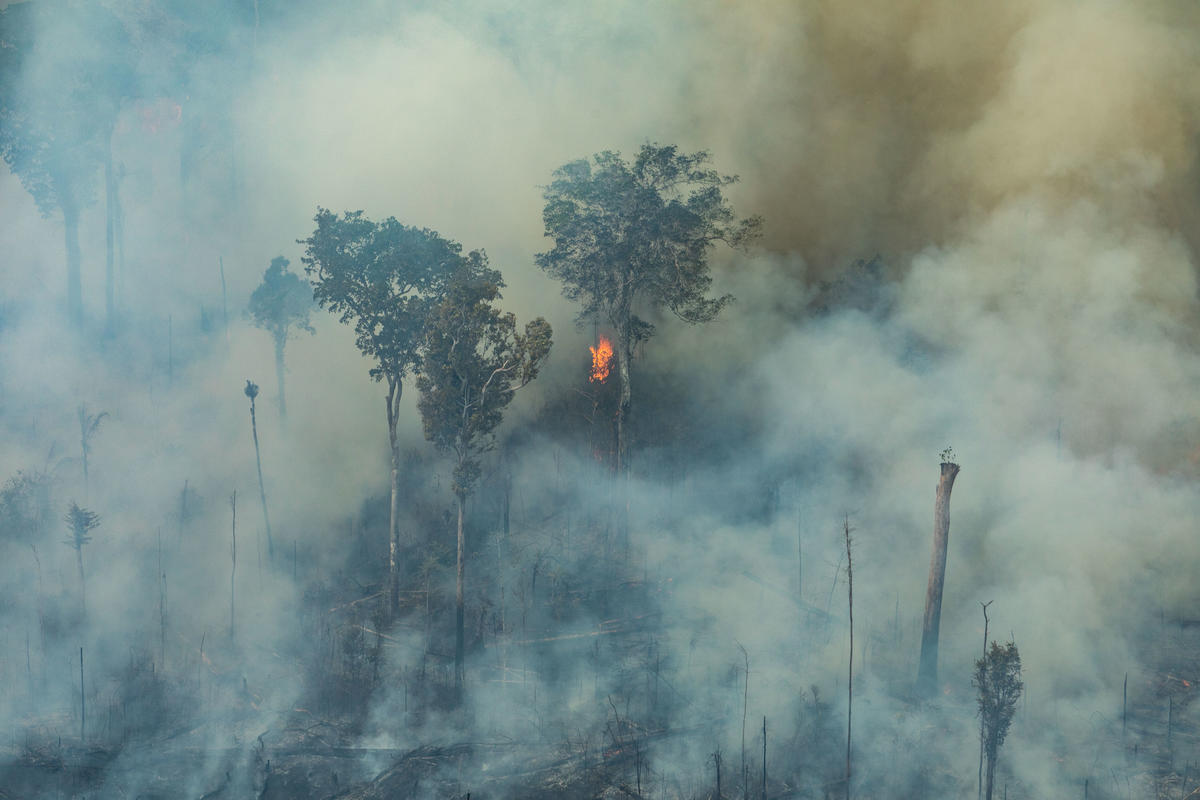
PETITION: Save the Amazon
Add your name to tell the Brazilian government to save the Amazon Rainforest and protect the lands of Indigenous and traditional communities.
-
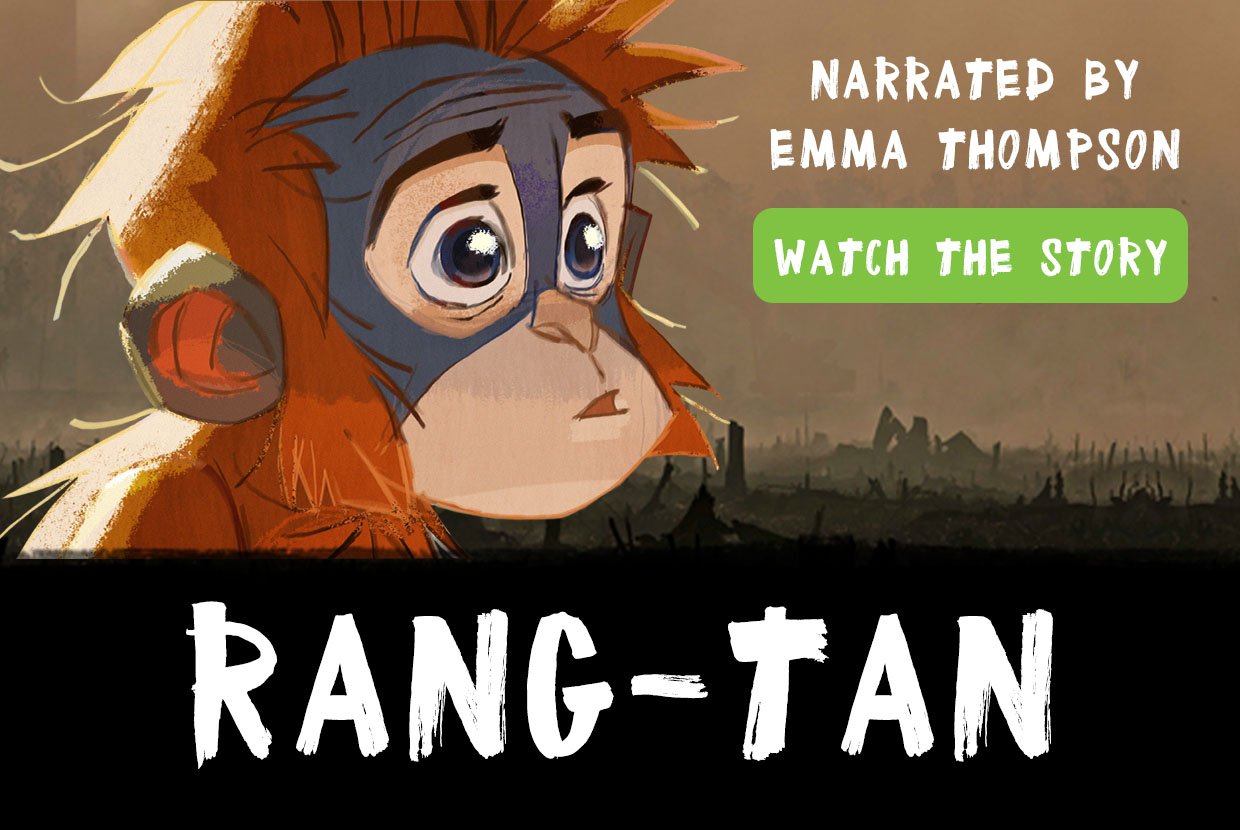
Tell big companies to drop dirty palm oil
The time is up for forest-destroying products. We’re calling on big brands like Unilever, Nestlé and Mondelez to keep their promises about dirty palm oil
-
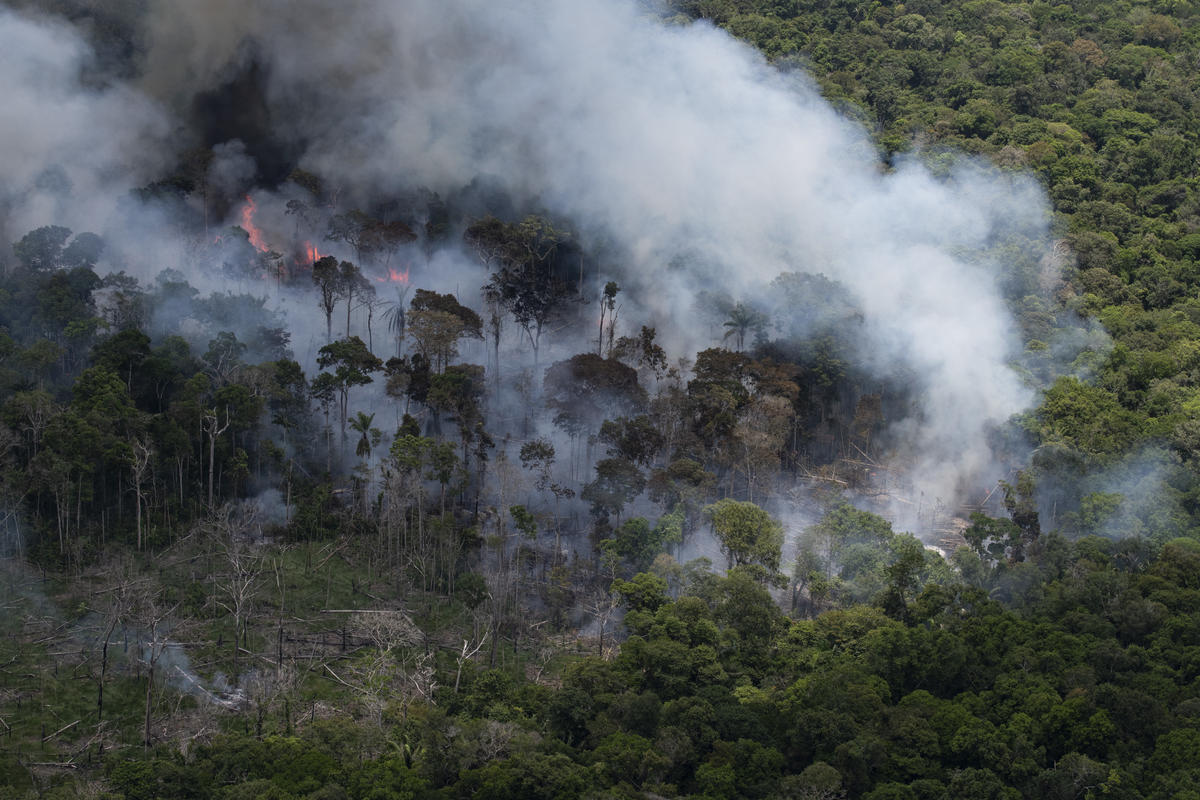
Save the Amazon
Losing the Amazon means losing the home of indigenous and traditional communities, precious habitats, and the fight against climate change. Losing the Amazon means losing the home of indigenous and traditional communities, precious habitats, and the fight against climate change. Preserving rainforests can contribute to solving the climate crisis we’re facing. That’s exactly what indigenous…
FAQs on deforestation & palm kernel
Fonterra uses palm kernel because there is simply not enough grass to feed the oversized dairy herd. Despite this, there are other options for farmers – from using alternative feeds, to reducing the herd size – and we’re calling on Fonterra to end the use of palm kernel on all of its farms, by implementing a phase-out in its farmers Terms of Supply.
The main cause of deforestation in Southeast Asia is the palm industry. Every day hectares of lush rainforest is being burned or chopped down to make way for palm plantations. This even happens illegally in protected wildlife sanctuaries.
The palm industry’s destruction of the rainforests is displacing communities and driving rare wildlife towards extinction.
Palm kernel is a dry, gravelly substance that is fed to cows on dairy farms across New Zealand, because there are simply so many cows that there isn’t enough grass to feed them all. It comes from palm plantations in Southeast Asia, and is the ground up kernel of the palm fruit.
Palm kernel is notoriously linked to deforestation and illegal operations in places like Indonesia.
The dairy industry impacts people and animal in many ways here in Aotearoa New Zealand – whether that is by polluting drinking water, promoting ways of farming that are harmful to cows and unsustainable for farmers, destroying lakes and rivers that aquatic life rely on, or cooking the climate with superheating methane gas which leads to more cyclones, droughts, and flood.
Palm kernel also impacts people and animals, but less so here in Aotearoa. Primarily, palm kernel has an impact on people and animals in Southeast Asia.
The palm industry is notorious for human right abuse and displacing local communities – even setting fires in rainforest areas in order to be able to turn these spaces into palm plantations. This forces communities out of their ancestral homes, while haze from these fires pollute the air that local communities breathe.
Additionally, it harms species that live in these Southeast Asian rainforests – Bornean elephants, orangutans, and Sumatran tigers are just a few of the species being pushed to extinction by the oil palm industry.
Palm oil and palm kernel are two sides of the same coin. Palm kernel is not a byproduct of the palm industry – it’s just another product that they produce.
Here in Aotearoa, we don’t use a lot of palm oil compared to other countries – but we are the world’s largest importer of palm kernel. That means that the best way we can take action to protect the rainforests and stop deforestation in Southeast Asia is to tackle the dairy industry’s use of this destructive feed.
Intensive dairying is a model of farming that crams as many cows as possible onto the land, in order to produce as much milk as possible, mostly to make milk powder. The land cannot naturally sustain so many cows so a significant amounts of inputs are required – like synthetic nitrogen fertiliser, imported feed, and irrigation.
Intensive dairying is pushed onto New Zealand farmers by the intensive dairy industry. The intensive dairy industry is led by Fonterra, but includes all of the big corporations who profit off of the dairy sector in Aotearoa. It also includes big corporate mega-farms, which are often owned by overseas investors.
Miles Hurrell is a dairy tycoon and the CEO of Fonterra. He earns nearly six million dollars every year to run New Zealand’s most environmentally destructive company.
Meanwhile the collective debt of dairy farmers in New Zealand is sitting at almost $36 billion, rainforests in Southeast Asia are being destroyed to make space for palm plantations to feed the dairy herd, and rural communities in Aotearoa can’t drink the water coming out of their kitchen tap.
It’s really hard to know whether the palm kernel you’re using on your farm is connected to rainforest destruction, because supply chains for palm kernel are so murky.
Palm kernel supply chains face less scrutiny than palm oil supply chains, because companies like Fonterra choose not to take responsibility for whether or not palm kernel is linked to deforestation.
But that’s intentional, because deforestation is so widespread throughout the palm industry that it is highly likely that any given palm product is connected to historical deforestation at least. This means that the safest way to avoid connection to rainforest destruction is to stop using palm kernel altogether.
There are several alternatives to using palm kernel to feed cows. These include products like maize, brassicas, and legumes.
There is no need for New Zealand dairy farms to be importing products linked to deforestation in Southeast Asian rainforests to feed their cows.
Ultimately, in order to avoid the worst impacts of the climate crisis, there need to be fewer cows in New Zealand.
-
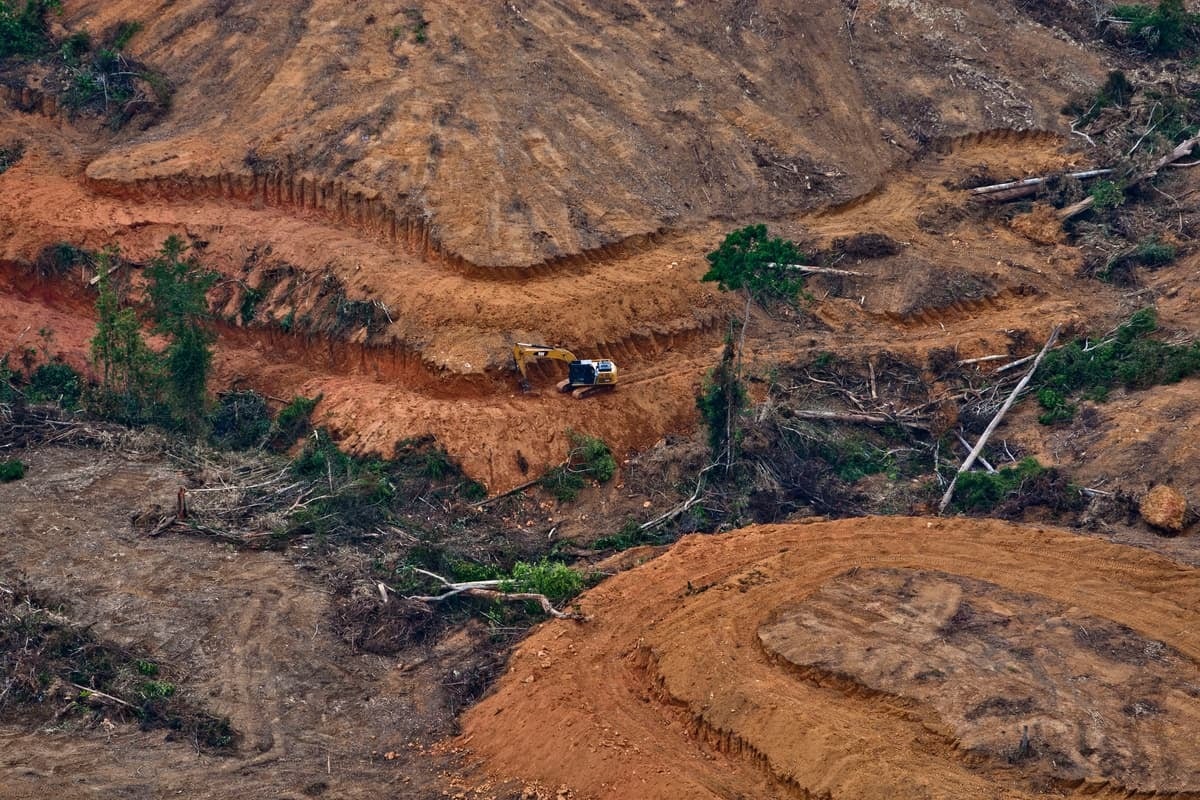
Palm kernel imports skyrocketing as climate crisis worsens
Greenpeace is revealing that new data provided by Stats NZ shows that palm kernel imports for the first six months of 2025 are higher than they have been at any…
-
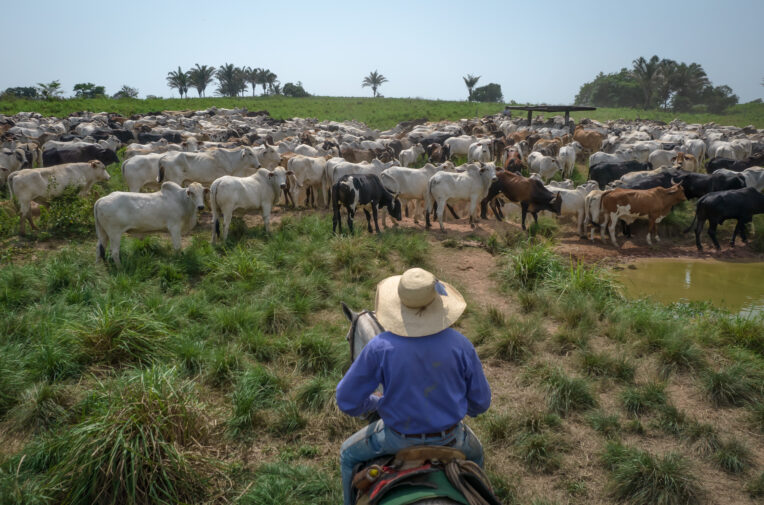
Global livestock industry exposed for rampant rainforest destruction, despite no-deforestation pledges
Greenpeace Aotearoa says a new investigation revealing that the world’s largest meat company, JBS, will fail to meet its deforestation-free commitment is yet more proof of false promises from the…
-
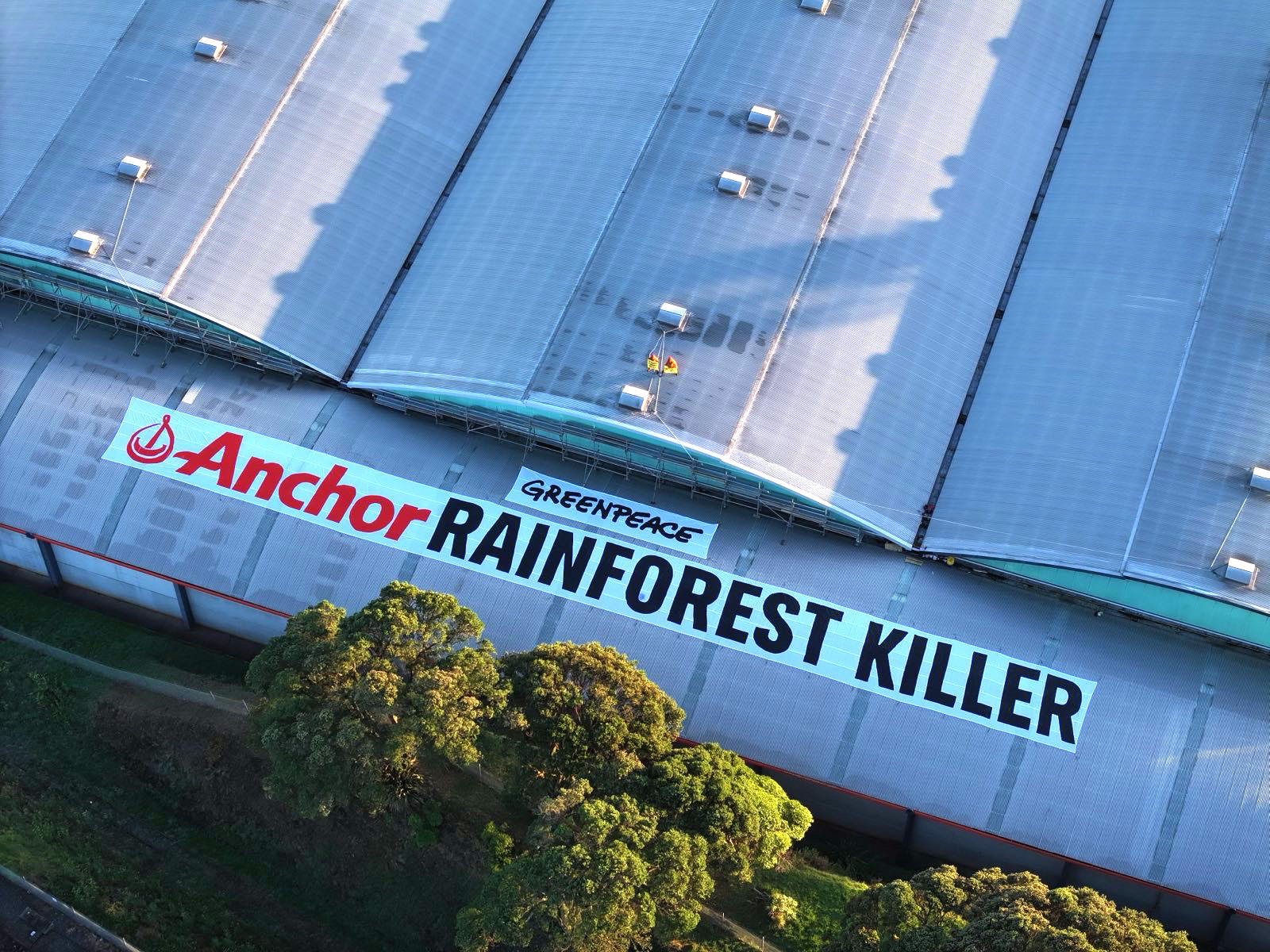
‘Anchor Rainforest Killer’ palm kernel protest continues in New Plymouth
Greenpeace Taranaki protest against Anchor Butter palm kernel connection continues despite police intervention.
